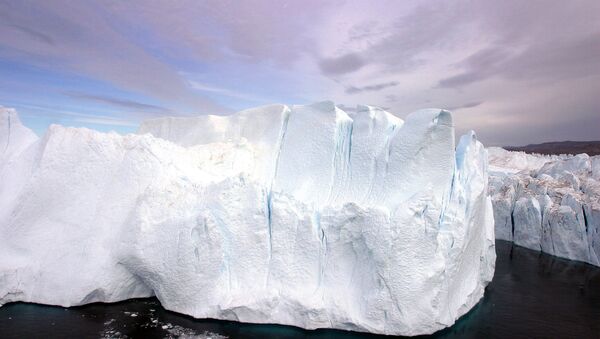Fortunately, this only makes up a small section of the enormous Greenland Ice Sheet and it won't melt until around 2100. When it does do that, global sea levels will rise by approximately 1.5 inches.
"These peripheral glaciers and ice caps can be thought of as colonies of ice that are in rapid decline, many of which will likely disappear in the near future," geologist Ian Howat of Ohio State University, who worked on the study, told Science Alert.
"In that sense, you could say that they're 'doomed.' However, the ice sheet itself is still not 'doomed' in the same way. The vast interior ice sheet is more climatologically isolated than the surrounding glaciers and ice caps."
Howat also mentioned that the "tipping point" was actually reached in 1997, and scientists have only just now noticed the phenomenon. Scientists knew that Greenland began to shrink that year, as melted ice that had in the past re-froze was instead escaping back into the ocean.
But exactly how much water was being lost was not known, due to inferior instruments available to the scientists of the Clinton era. Now the exact numbers are in, and the loss in ice mass is identical to the amount of meltwater runoff into the sea.
In other words, all the ice in Greenland that melts is flowing into the ocean and slowly raising sea levels, when in the past it was recaptured. This has caused glaciers to lose ice 65% faster than they can regain it, causing them to steadily shrink.
The Greenland Ice Sheet is the second largest in the world after the Antarctic Ice Sheet. If the entire thing were to melt, sea levels would rise 24 feet worldwide, putting most of the American East Coast underwater as well as most of Florida, New Orleans, and San Francisco — and that's just within the United States.




